April 2021
- Thomson on his China voyage
- contemporary view of Wojciech Weiss
January 2021
- Thomas Banks and politics
- contemporary responses to Weiss's Spring
- contemporary views on Matejko
- Tischbein on Goethe
October 2020
- a contemporary visits Bonheur's studio
- Conisbee on Valenciennes
- Turner's Slave Ship sold to Metropolitan Museum in 1872
- Diderot on Vien's Seller of Cupids
July 2020
- a closer look at Zoffany's Cock Match
- a contemporary critic on Malczewski's Melancholy
- Blake and the nude
- Gonzales and the invention of words
April 2020
- contemporary critic on Matejko's Prussian Oath
- the making of Caillebotte's Paris Street
- Barry's Death of Wolfe
- British colonialism in Ireland
January 2020
- Blake, Reynolds, & Fuseli on Barry
- Banks, a source for David's Oath?
- Bonheur and cross-dressing
- Yonan on Batoni's portrait of the Austrian Emperors
November 2019
- Droth and Hatt on Powers's Greek Slave
- E.B. Browning's poem "Hiram Powers's Greek Slave"
- Nesterov on Repin
- Gaehtgens on Vien's Seller of Cupids
October 2018
- Mantz on Whistler’s White Girl
- Melly on Waldmüller’s Peasant Wedding
- politics in Banks's Germanicus
October 2016
- Rousseau on rural inequality
- Baudelaire on Ingres’s Odalisque
- Contemporary critic on Cole’s Course of Empire
August 2016
- P.H. Emerson's artist influences
- E.B. Browning on photography's invention
- Herschel letter to Fox Talbot
- A contemporary critic on LeGray
April 2016
- Bonheur on cross-dressing
- Nochlin on Hunt’s Awakening Conscience
- Pointon on Gauguin’s Vision
February 2016
- Thorvaldsen and Schlegel on Jason
January 2016
- Van Gogh on Starry Night
- Contemporary critics on Starry Night
- Cleveland’s damaged Thinker
November 2015
- Pelloquet on Manet’s Dejeuner
- Bukdahl on Wiedewelt’s Monument to Frederik V
- Contemporary critic Zoega on Kauffmann’s style
October 2015
- French critics on West’s Death
- Boime on Turner’s Snowstorm
- Clayson on Seurat’s Grande Jatte
September 2015
- French critics on Munch
- Van Dijk on Munch’s Sick Child
- Boime on Runge’s Hülsenbeck Children
- Ceram on Winckelmann
August 2015
- Henry Fox Talbot reminisces
- Ian Jeffrey on Talbot’s significance
- A contemporary critic on Fenton’s Valley
- Valerie Lloyd on Fenton’s Valley
March 2015
- Contemporary critics on Makart’s Entry of Karl V
- Recent scholarship on van Gogh
- Larry Schaaf on Julia Margaret Cameron
February 2015
- More works by Gavin Hamilton
- Baudelaire on Ingres and Grand Odalisque
- Neil McWilliam on David
- Liberty in Paris
- Benjamin West’s home
January 2015
- Lindsay on Degas’s 14-Year Old Dancer
- More on Amalia Lindegreb
- A contemporary critic on Ingre's Grande Odalisque
December 2014
- Rousseau on human inequality
- Peter Klein on Goya’s Madmen
- Eyewitness descriptions of the Raft of Medusa ordeal
November 2014
- Review of Felice de Faveaux exhibition
- Marcia Pointon on Dyce’s Religion
- Jonah Siegel on the discovery of Palmyra
- Constable on his Salisbury Cathedral
October 2014
- Bashkirtseva’s arrival in Paris
- Bastien-Lepage evaluated by a fellow painter
- Cotman’s visit to Chirk Aqueduct
- Menzel on Makart
September 2014
- Thomas Cole on landscape
- More on Constable’s Hay Wain
- Sarah Belzer on Chassériau’s Tepidarium
- Silke Förschler on Ingres’s Odalisque
April 2014
- A contemporary connoisseur on Bashkirtseva’s Meeting
- Artist George Clausen on Millet
- Bastien-Lepage on Joan of Arc
February 2014
January 2014
- Bonnat's portrait of Barye
- Licht on Goya's Third of May
- Prettejohn on Hunt's Awakening Conscience
- Paintings by Gavin Hamilton
October 2013
- Nochlin on Courbet's Painter's Studio
- Boime on Gauguin's Where do we come from?
- The bird in Wright of Derby's Air Pump
September 2013
- Mitchell Frank on Overbeck's Joseph Sold
- Barbara Larson on Rodin's Thinker
- Nancy Pressley on Banks's Germanicus
April 2013
- André Dombrowski on Degas’s Place de la Concorde
- Sanssouci pix
- Ludwig I's Munich
- More prisoner paintings
March 2013
- Fred Licht on Goya's Saturn Devouring His Children
- Delaroche atop Paris city hall
- Church pews in Bavaria
February 2013
- Prettejohn on Kant and Friedrich’s Traveler
- Sarah Bernhardt portraits
- Mitchell Frank on Pforr’s Entrance of Emperor Rudolf
- Montauban Cathedral
- Print of Landseer's Windsor castle
- Runge's home and haunts
January 2013
- -C.D. Friedrich's hometown
- 19th c. Copy of Hogarth's Tete a Tete
- Another Napoleon monument
- The several versions of Chardin’s Bubble Blower
- Marianne Michel on Chardin’s Bubble Blower
- Paul Duro on Wright’s Experiment
- Vaughan on Runge
- Grewe on Overbeck and Pforr
- Rønberg on Eckersberg
December 2012
- Influence of Böcklin’s Island of the Dead
- Puvis on Poor Fisherman
- Van Gogh's grave
- Liebermann's Berlin residence & final resting place
October 2012
- Baudelaire on Corot
- Prettejohn on Ingres’s Vow and Delacroix’s Chios
- New reading on Ford Madox Brown
September 2012
- Battle of Nations site - Chapter 3
- More equestrian monuments - Etienne-Maurice Falconet
- Baudelaire on Delacroix
- Baudelaire on David’s Marat
- New readings on Russian painting (1) (2)
- New reading on artist colonies - Chapter 14
- New web resource for Gericault’s Raft
May 2012
- Prettejohn on Winckelmann - Chapter 2
- Works related to Barye’s Lion Crushing a Serpant
- Champa on Delacroix’s Massacre at Chios
- Tal on gesture in Goya’s Sleep of Reason
- David’s Marat pix
March 2012
- Manet's Olympia - critical reception
- Stephen Eisenman and Richard Schiff on Impressionism
- Web resources for Manet's Dejeuner and Rodin's Gates
February 2012
- Watkins, Yosemite – a contemporary photographer’s view
- Menzel – memorials in Germany
- Delacroix – pix of St Sulpice fresco
- Delacroix, Barque of Dante – comparisons
- Delacroix, Women of Algiers – contemporary critic’s view
- Monet, Rouen Cathedral - podcast
December 2011
- T.J. Clark on Manet's Olympia

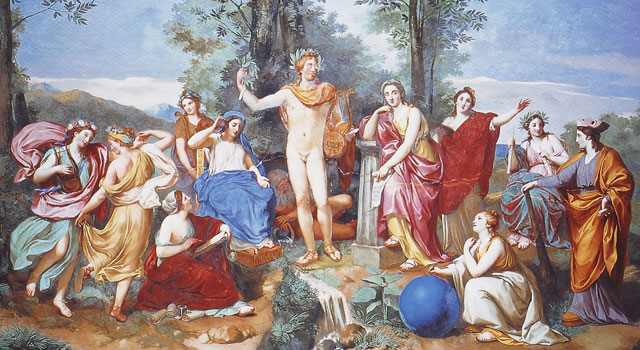
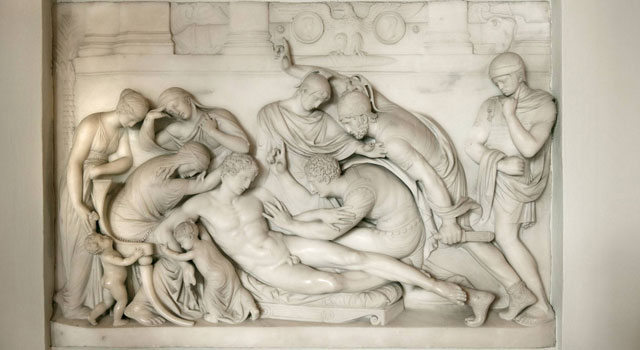
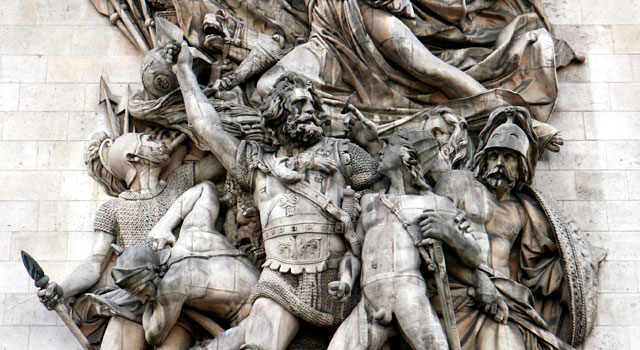
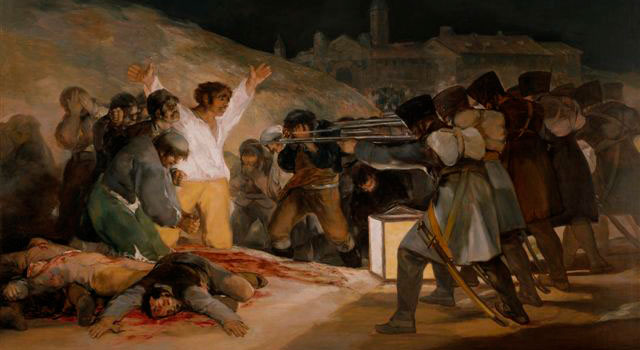
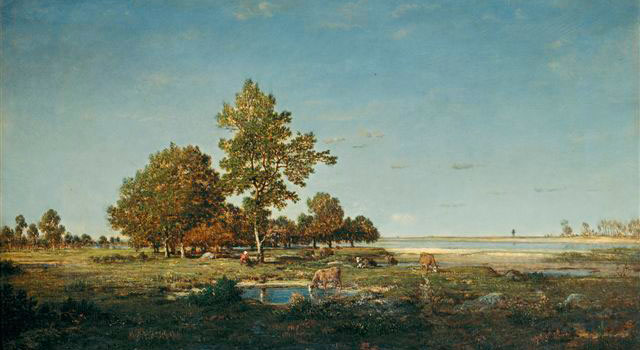

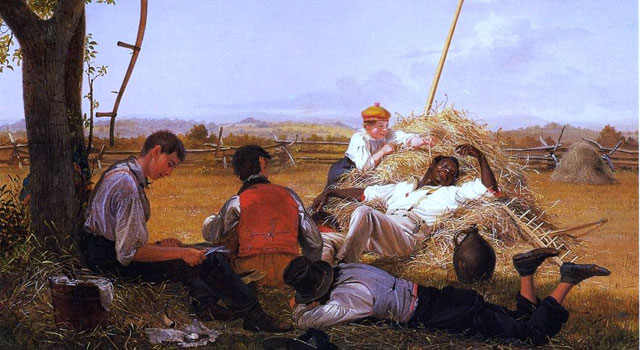
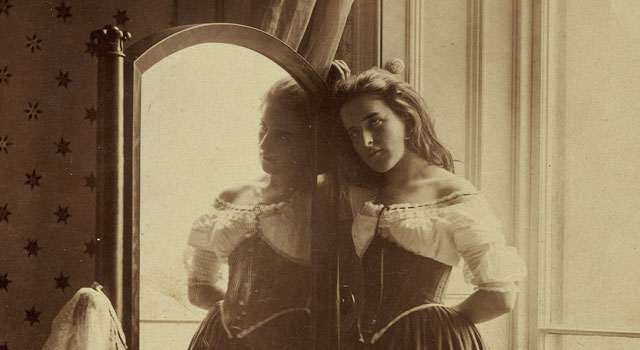
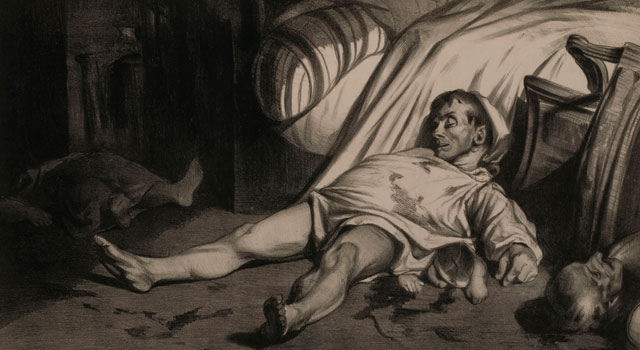
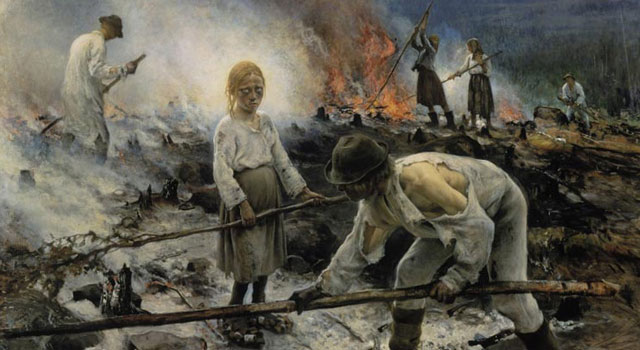
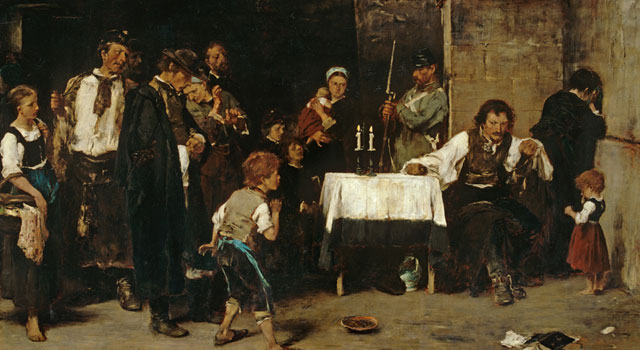
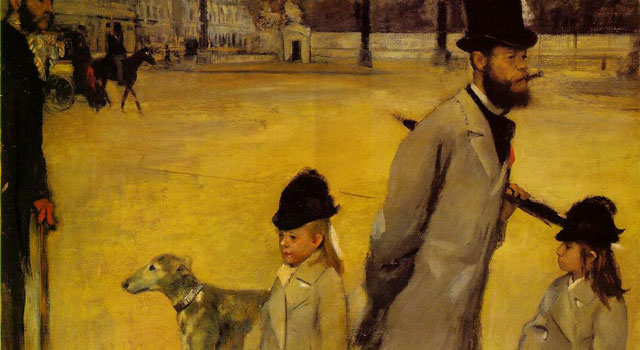
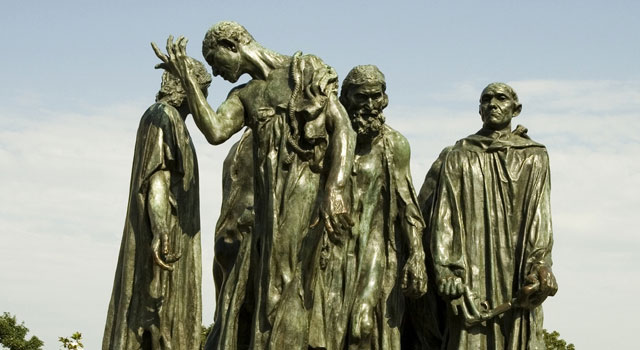
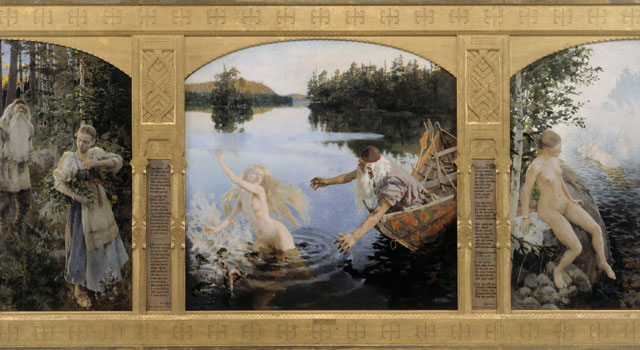
 Buy the Book
Buy the Book